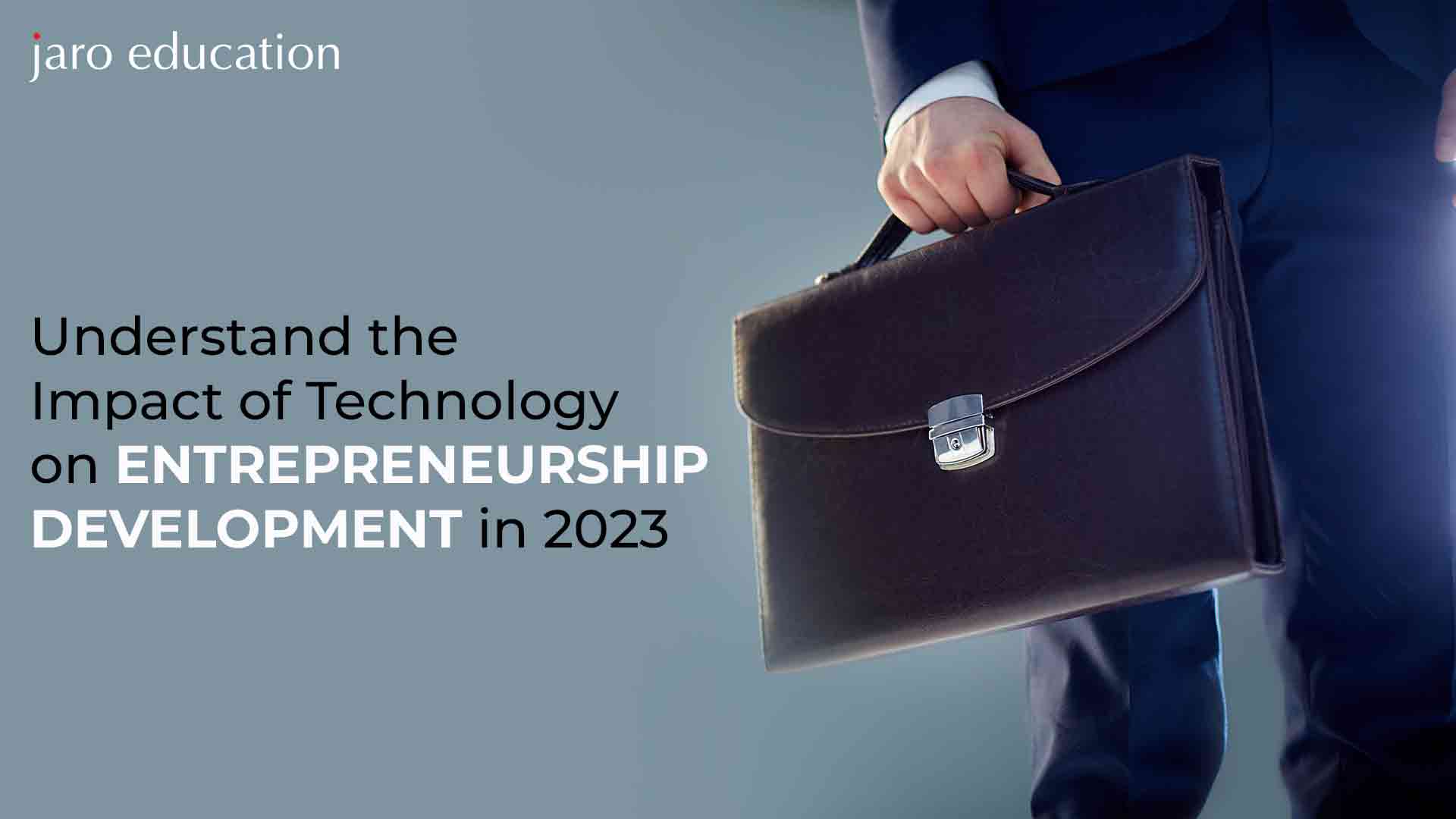
Modern society is progressively adopting electric vehicles (EVs) as they offer outstanding fuel efficiency, environmental friendliness, and a comfortable driving experience. EVs differ significantly from conventional cars with combustion engines in several ways. The two groups differ in various areas, including their basic structure, operating principles, and usage and maintenance techniques. The best initial step for buyers to determine their interest in EVs would be comprehending these distinctions.
The Advanced Programme in Electric Vehicle (EV) Technology by IIT Delhi was created to meet the training and development needs of the industry by giving recent graduates and working professionals a comprehensive understanding of Electric Vehicle Technology. By the end of the programme, participants will be able to develop the necessary skills in the components of electric vehicles to serve EV companies to the fullest.
Major Parts of Electric Vehicle
Electric vehicles (EVs) and internal combustion vehicles (ICVs) differ significantly in how they produce power for propulsion. Electric vehicles (EVs) use the electricity stored in their batteries to power the motor and move the vehicle, as opposed to internal combustion cars, which rely on burning fossil fuels in the engine to provide the necessary power. This crucial distinction renders unnecessary parts of internal combustion vehicles, such as the engine and gearbox. Instead, EVs have several parts specifically designed to produce electricity, such as the motor, battery, on-board charger, and Electric Power Control Unit (EPCU). Together, these parts transform the electricity in the battery into the kinetic force needed to move the EV forward.
By utilising electric power, EVs provide a greener and more sustainable substitute to conventional combustion engines, helping to create a more eco-friendly transportation system.
Table of Contents

*Precedenceresearch.com
Motor
The motor of an electric vehicle (EV) is essential in transforming electrical energy into kinetic energy, which moves the vehicle forward. The decreased level of noise and vibration often associated with historic cars is one of the key benefits of employing a motor rather than an engine. Many times, passengers are surprised by how quiet and comfortable EV rides are. In addition, the smaller size of the EV powertrain than an engine permits a more efficient vehicle design, providing extra room for things like improved cabin space or storage.
The motor in an Electric Vehicle serves as an electric generator in specific scenarios. As an example, the motor transforms the kinetic energy produced when the vehicle is in neutral or travelling downhill into electric energy, which is then stored in the battery. This energy-saving concept also applies when the vehicle is decelerating, leading to the implementation of a “regenerative braking system.” Some EV models even feature paddle shifters on the steering wheel, enabling control over the levels of regenerative braking. This improves fuel economy and adds an exciting and enjoyable element to the driving experience.
Reducer
The reducer, which is a kind of gearbox and is used in electric vehicles, is essential for efficiently transferring power from the motor to the wheels. Electric motors often run at greater RPMs (revolutions per minute) than internal combustion engines. As a result, the reducer’s main job is to lower the motor’s RPM to a suitable level for driving. The EV powertrain can use the higher torque produced by lowering the RPM, improving the vehicle’s performance and sustainability.
Battery
The battery in an electric vehicle (EV) serves as the storage unit for electrical energy and can be likened to a fuel tank in an internal combustion engine. The driving distance of an EV is often determined by the capacity of the battery―a higher capacity generally results in a longer driving range. While it may seem logical to increase the battery capacity to minimise the need for frequent stops at charging stations, the decision is not as straightforward. The size and weight of the battery have significant implications for vehicle performance. A larger and heavier battery reduces cabin and storage space, negatively impacting energy efficiency and fuel economy. Therefore, the optimal approach is to maximise the battery’s energy density, which involves having a small and lightweight battery that can store a substantial amount of electric energy.
Current EV models have seen substantial improvements over prior models in terms of battery density and driving range due to current developments in battery technology. These developments have improved the EV batteries’ ability to store energy, enabling longer driving distances and better overall performance.
On-board Charger
The On-board Charger (OBC) in an electric vehicle (EV) plays a vital role in converting Alternating Current (AC) from slow chargers or portable chargers used with home outlets into Direct Current (DC). While the OBC may resemble a traditional inverter in appearance, their functions differ significantly. The primary purpose of the OBC is to facilitate the charging process, whereas the inverter is responsible for managing acceleration and deceleration functions. It’s worth noting that the OBC is not necessary for fast charging since fast chargers already supply electricity in direct current.
Electric Power Control Unit: Power Electronics Control
The Electric Power Control Unit is a highly efficient integration of various devices responsible for managing the flow of electric power within the vehicle. It encompasses three key components: the inverter, the Low voltage DC-DC Converter (LDC), and the Vehicle Control Unit (VCU).
Inverter
It plays an essential role in the EPCU by converting the direct current (DC) from the vehicle’s battery into an alternating current (AC). This AC power is then utilised to control the speed of the electric motor. The inverter’s functions are crucial for enabling smooth acceleration and deceleration, maximising the drivability of the electric vehicle.
Low-voltage DC-DC Converter
The LDC within the EPCU serves the vital purpose of converting the high-voltage electricity obtained from the vehicle’s high-voltage battery into low-voltage power. This converted low-voltage power is then supplied to various electronic systems within the vehicle. Since these electronic systems operate on low-voltage electricity, the LDC plays a vital role in making the high-voltage power from the battery compatible and usable for these systems.
Vehicle Control Unit
The Vehicle Control Unit (VCU) can be considered the control tower of the electric power control systems within the vehicle. It assumes a central role within the EPCU by overseeing and managing various power control mechanisms. This includes motor control, regenerative braking control, air conditioning load management, and power supply for the vehicle’s electronic systems. The VCU’s comprehensive control ensures the effective and efficient operation of the electric power systems within the vehicle.
Conclusion
The next generation of automobile mobility will be electric. A change in technology and thinking is required for electric automobiles to displace gas-powered vehicles. Electric vehicles will become more popular and more economical as technology advances.
Apply for IIT Delhi‘s Advanced Programme in Electric Vehicle Technology through Jaro Education to learn about electric vehicles comprehensively. To meet the training and development needs of various organisations and industries at the national and international levels, young learners are encouraged to apply for these programmes. It is suitable for their career advancement in various fields of engineering, technology, and science.







